|
Art is not easy. So many people think they are doing it every day. I’m not saying I know the difference between who are and who aren’t; to paraphrase John Cleese’s Pope Julius II, “I may not know a lot about art, but I know what I like.” In today’s anti-normative world, it’s truly impossible to say which one of a so-called pop artiste dressing herself up in bubble wrap, a rapping idiot-savant calling himself Jesus Christ, and a sixteen year old girl clothed in a tube top and little else singing “Sweet Child ‘o Mine” is art, and which isn’t (do any of them have to be?, is to me the obvious question).
Having this kind of discernment has, on the surface, very little use in today’s surface world. But I believe there is a purpose to being able to tell the difference between those in it for vainglory—Bruce Lee would refer to their journey as the Art of Self-Image Aggrandizement—and those who are in it for true excellence, and the truth that comes with it, for the sake of not merely making an impact on the world, but making a positive one, at least so far as their beliefs and conscience can guide them. I think what makes it easier to tell who’s doing what is to consider the concept of *effective art*.
What is this thing that I propose exists: effective art? I believe what makes effective art effective is that it touches us in a way that is significant. But what does this mean? Effective art (think of a song that still makes you cry even after you’ve heard a thousand times) creates a process through which the audience member not only passes but is also changed in a way that is both indelible and irreversible. Aristotle speaks of mimesis in the Poetics. Mimesis is a large part of this process. By employing the mimetic aspect of art, the artist may create a work that is somehow both broad-reaching enough to apply to all persons yet specific enough that one person will feel as though the work of art has been created just for them.
Because of this personal connection, the viewer will come to see themselves in the protagonist, and will share in their failures and their success. This brings us to the second part of the process, which is catharsis. Via the experience of the protagonist’s highs and lows, the viewer (or listener) experiences the artistic journey not only as the trials and tribulations of another person, but as part of one’s own story, and at the point of conclusion, the viewer (or listener) feels a very real sense of having been transfigured, cleansed, or else having experienced epiphany on a deep level. This is one of the ways the artist can employ their skill and acumen for the good, by creating and layering positive change (which, note, does not assume a “happy ending”) in the conclusions of their art.
I find I can often tell between art that is created by the artists for themselves and art that is effective by locating where I experience what I often refer to as “the tingles.” When a work of art is high intensity, our autonomic reaction is to feel that intensity somewhere in our physical body. I’d wager that all of us have cried during certain movies, songs, theatrical performances, and many other expressions of art based on our preferences (visual art, dance, performance art). In my experience, art that truly touches the soul can be felt in (of all places) the sides of the arms, and the shoulders. Almost without fail, when I notice a tingling sensation there in my body, emotional catharsis is nearby, whether it manifests in the form of a deep cleansing breath, laughter, or crying.
In contrast, art created to serve the artist’s ego can be felt almost anywhere else. I’ve been confounded by this in the past, watching films or theatrical performances and feeling stirred yet also feeling a sense of emptiness and not knowing why (I’m looking at you, “Hancock” (2008)). I’ve felt my head swell in agony over a protagonist’s dramatic fall from grace. My heart has bled over a main character’s crippling anxiety. I’ve even cried watching a community be destroyed for hypocrisy and lack of oversight. But one common factor insists itself upon these three scenarios: I never felt anything in my shoulders, nor did I feel something in the sides of my arms. It seems so odd that this—the precise location of “the tingles”—be the determining factor. But, sure enough, when the dust of high emotion settled in each of these (and, certainly, many other) cases, I was left with a feeling of having witnessed something created not for the benefit of my edification, but instead for its own thirst and need for attention.
And herein lies the danger, and is why art can so easily by hijacked and turned from an activity that is intrinsically benevolent to one whose sole purpose is to fulfill a narcissistic personality’s need for self-image aggrandizement. I disagree with the (relatively recent) adage that “the head can be persuaded, but the heart is not so easily changed” (I think it’s from “Frozen” (2013) (he says, having seen it seven times)); it’s actually fairly easy to manipulate the heart, just look at how many toxic relationships remain unexamined due to family loyalty. There’s not really anything that can be done about this. As we perfect the expression of form e.g. the play, the song, the novel, the movie etc., it becomes easier for art pirates (to coin a phrase) to plunder these forms and mine them for their own selfish needs (see “United Passions” (2014)—actually, don’t.)
I would humbly put forward that awareness is the best weapon under these modern day circumstances. For me, a key component to a better life as an art consumer has been to be relentlessly conscious of the art I was consuming. I found when I was willing to question what was placed in front of me, I became far less willing to leap into the jaws of the predatory pseudo-art that found it way into my purview simply because its creators owned all the distribution outlets (now who might I be talking about? … I still like Frozen.) It’s certainly made me less hip—to this day I have never heard the radio offering known to many as “Uptown Funk,” in fact I’m not sure I’ve heard a new song since 2012, except for that Mendez/Cabello duet from a few years ago (to be fair I was just out of inpatient and was trying to find my roots among free humans by listening to *anything* that came on the radio) and something by Taylor Swift about how some people need to calm down—I actually like that one.
No, I’m not a doom and gloom, everything after 1986 sucks, kind of guy. There are always new, wonderful discoveries to be made as a consumer of art (the jewel that is “Ted Lasso” to name one.) I wonder if we’re not on the precipice of a new *slow art* movement, perhaps similar as to what happened at the transition from the 80s into the 90s, except, hopefully, a little wiser, and this time truly shedding the skin of artifice for a new kind of authenticity, where artistry and artisanship find their place again among the pantheon values of self-expression. For better or for worse I think the “influencer” is here to stay, at least for awhile, and it might be that all you need to do is film yourself eating cereal with hot sauce to be called a “creator” but to quote Keith Carradine: it don’t worry me. (Nashville (1975))
I do what I do the way I do it (this is a surely a quote). No amount of sanitized prefabricated mindless cookie-cutter entertainment can take away my love of creating art to help others. I was told at a young age by an uncle who would turn out to be one of the strongest influences of my early creative life that I should always remember to give back to society. At the time I was busy getting the crap kicked out of me by racist mobs in a Dickensian all-boys boarding school, but, thankfully, the words stuck with me. Art is the greatest blessing (shared; my wife, obviously) that I’ve received in my already pretty blessed life. It seems a natural choice to pass it along.
Some might still call me unsuccessful, and in some ways they’d be right. I have no community of crazed fans (yet/who cares, my wife would say), I have no mantelpiece full of trophies or awards (again, yet/who cares, she’d say, because she’s amazing). But in the past seventeen years, I’ve had the time and space, away from the joneses, away from the restless throng, to gruelingly put myself through the ropes; I’ve gained mastery over the fundamentals of harmony, counterpoint, lyricism, rhyme, wordplay, music production, storywriting, MIDI programming, arrangement, transcription, voice, performance, and many more areas of study that, in my opinion, form only the very basics of what it means to be an artist, a real creator. At least that’s what I think. And sure, maybe all of this is not a route to success. But I believe it to be a path to self-mastery, and, with that, a means to unlock the secret to wellbeing and abundance, in a world that truly needs it.
Travel safe. Talk soon. -AF
0 Comments
Your comment will be posted after it is approved.
Leave a Reply. |
at a glanceAdam Farouk (born April 6, 1978) is a Malaysian musician, producer, writer, and entrepreneur, currently based in the United States. He is known for his integrative approach to the creative arts, and frequently infuses his works with unlikely combinations of style, influence, and genre.
Learn more about Adam's other creative projects at bluedorian.com!
blog categories
All
blog archive
October 2023
adamfaroukblog.com © 2018-2022 Adam Ismail Farouk / BlueDorian® Media Entertainment. BYIP Creative Media. All Rights Reserved.
|
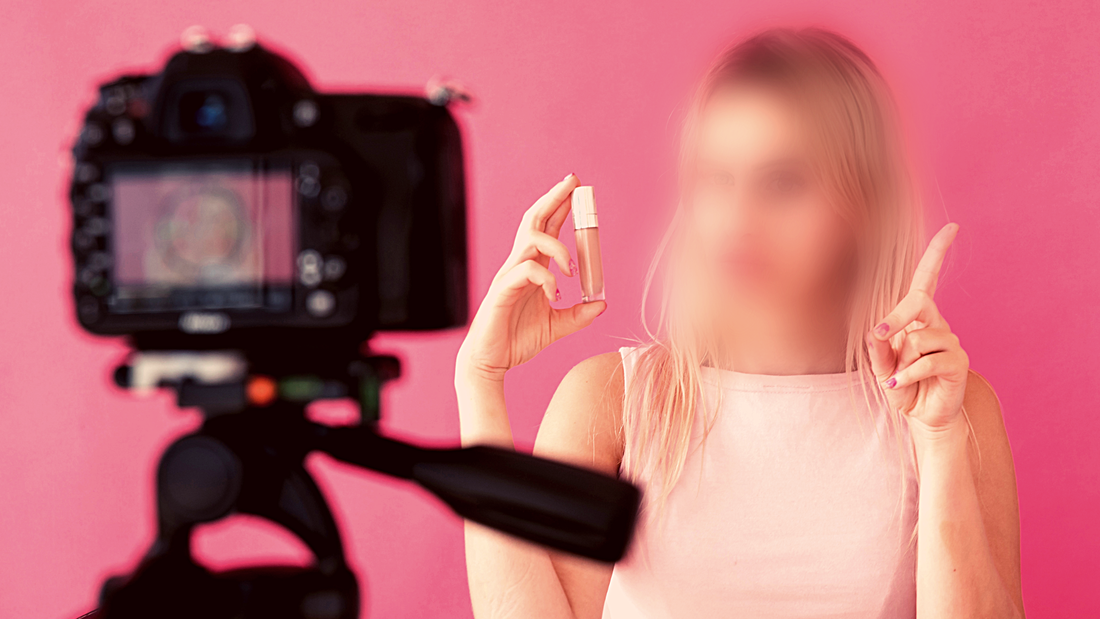

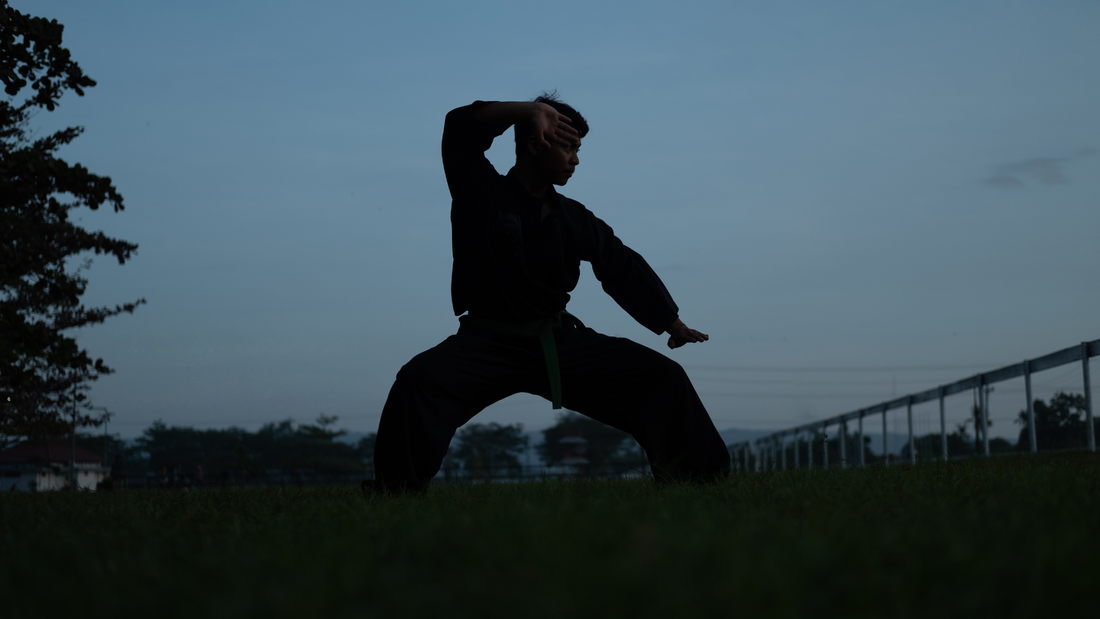
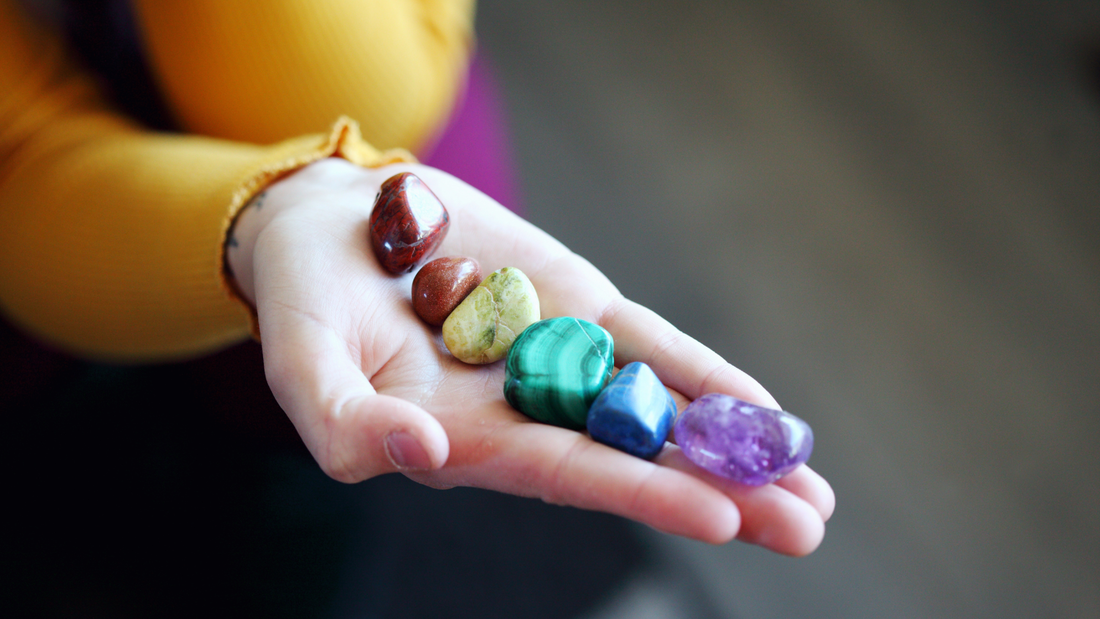
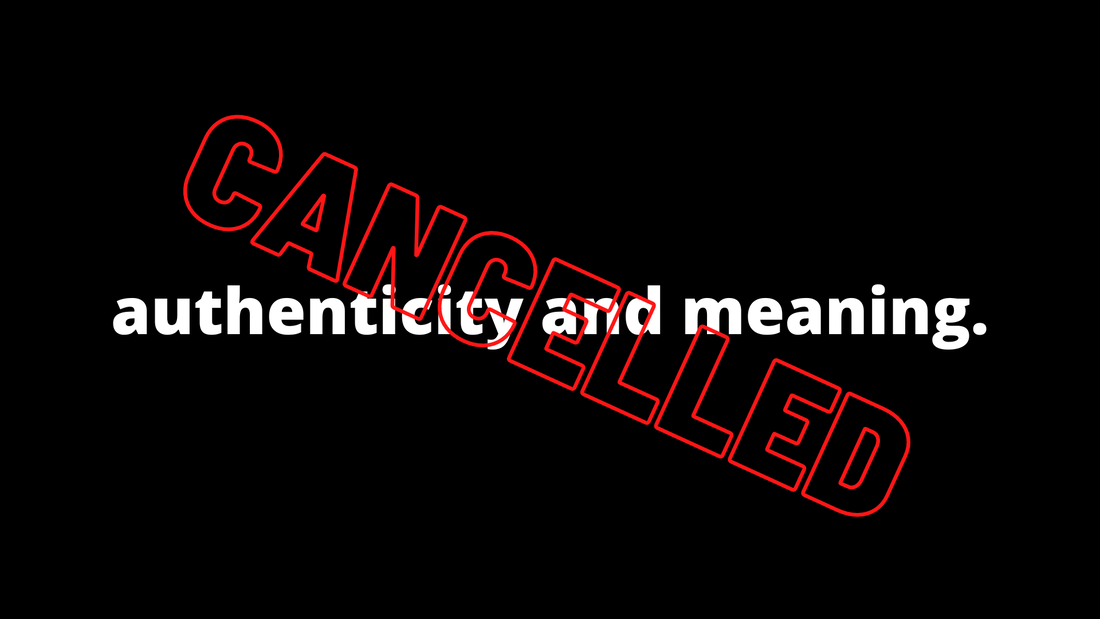



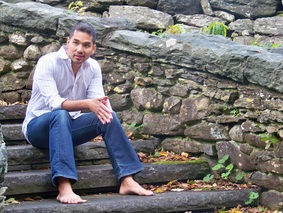
 RSS Feed
RSS Feed
